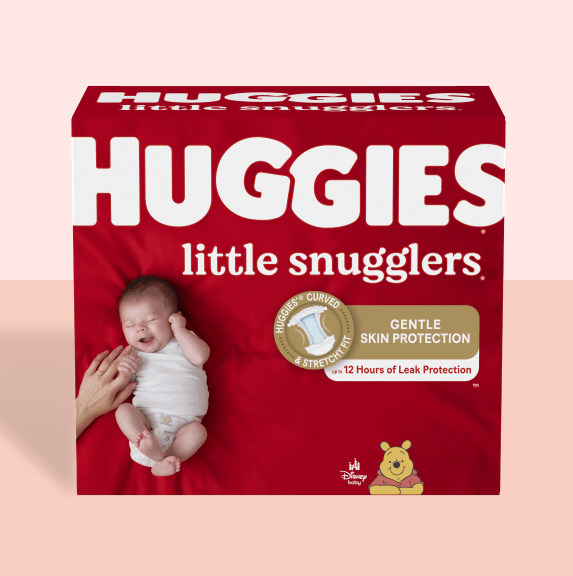Let your child see you eating healthy foods
"Practice what you preach and set a good example for healthy eating," he says.
Know that it's OK when your child doesn't like something
It's easier for children to reach nutritional requirements than many parents think. If they won't eat vegetables, fruits have a similar amount of fiber and vitamins. If kids won't drink milk, offer yogurt, cheese or broccoli.
Keep introducing new foods
Don't force it
If you are worried your children are not getting their required nutrients — for the most part, you don't have to. "'One-food jags' typically last from 10 days to two weeks. Keep track of what your child eats for a few weeks, and you will probably see that the child is not missing out on any nutrients in the long-term," says Hampl.
It is normal for kids to want to eat the same things. One reason could be that it makes them feel reassured.
Rule out any medical problems
But parents should pay attention to some warning signs that a child's eating habits are dangerous. If a child is not physically or socially active or if there is a total lack of eating, parents should worry. Trust your instincts. And make regular checkups with a doctor to make sure your child is growing normally.
Healthy munching time
Specifically, this means eating a balance of breads, cereal, rice and pasta; vegetables and fruit; dairy products; meat, fish, poultry and vegetarian sources of protein, such as beans and legumes; and healthy forms of fat.
The bread box. Healthier carb options include cooked whole-wheat pasta, soft whole-grain crackers, whole-wheat bagels or bread, and cooked breakfast cereal such as oatmeal or cooked rice.
The vegetable bin. Cooked vegetables tend to be safer for young children than raw vegetables because they are softer. You can prepare canned, frozen, or fresh vegetables. Try to feed your child as many different colors of the rainbow as possible, a concept promoted by the 5-A-Day campaign.
The fruit bowl. Cut fresh fruit (small enough so it’s not a choking hazard). If you are purchasing packaged fruit, try individual servings of applesauce. Remember that whole fruit is a better choice nutritionally than juice.
The dairy case. Dairy products are a good source of calcium and children ages 1 to 3 require 700 mg of calcium per day (that’s 2-3 servings).. Good choices include cheese, yogurt, milk or even cottage cheese. Other non-dairy, kid-friendly sources of calcium include tofu, salmon, or calcium-fortified beverages, such as orange juice.
Protein choices. Good sources of protein for toddlers include lean meat, chicken or turkey, fish, eggs, tofu or cooked beans. If your child seems skittish of beans or lentils, try preparing them in soup or chili. Try to steer clear of foods with added preservatives, salt or chemicals.
All about fat. Up to the age of two, children need plenty of fat in their diet to ensure proper brain development. After the age of two, children need about 30-35 percent of their calories from fat, according to the American Heart Association.
The cookie jar. Occasional sweets are okay, but if your child eats candy, cookies or dessert on a regular basis, this may dull his or her taste for healthier foods.
US dietary guidelines suggest some simple healthy substitutions to help keep your toddler on the right path.
Instead of cereal with added sugars, try cereal with minimal added sugars.
Instead of fruit bars, opt for fresh fruit.
Instead of fried veggies, opt for roasted ones. Instead of high sodium snacks like veggie sticks, opt for fresh veggies.
Instead of high sodium meats, try ground lean ones.
Instead of sugary drinks, try for unsweetened beverages.
Toddler snacks
Healthy kids' snacks can include:
- Yogurt
- Apple slices with cinnamon or peanut butter (ensure it’s spread thinly to avoid any choking hazards)
- Veggies (cooked can be easier for younger children)
- Hummus and pita
- String cheese
- Fruit smoothie
- Hard-boiled eggs
- English muffin pizzas with lowfat cheese
- Mini sandwiches, like ham and cheese or peanut butter and jelly
Adult meals toddlers love
- Grilled salmon with teriyaki sauce. Kids typically like salmon, and if they are new to it, the sweet sauce is a good intro. You can also try chicken or veggie teriyaki, too.
- Grilled chicken Parmesan. A healthy twist on the richer and more decadent traditional version, but kids who like cheese are sure to dive in. Just grill the chicken and top with your favorite tomato sauce and shredded cheese.
- Whole-wheat penne with mini turkey meatballs.Whole-wheat pasta is healthier than the white kind, thanks to the fiber it contains. Plus, penne is an easier pasta shape for young children to eat than spaghetti.
- Healthy sliders. ake mini patties out of ground turkey, pork, or lean beef and put them on small whole-wheat buns (which automatically make food more fun).
Cooking with kids
- Get kid-size equipment so they can become mini chefs.
- Let them play (make dinner with play dough, bang pots and pans).
- Ask them help you recycle by pulling off labels and sorting.
Learn more about your toddler’s development and milestones.







